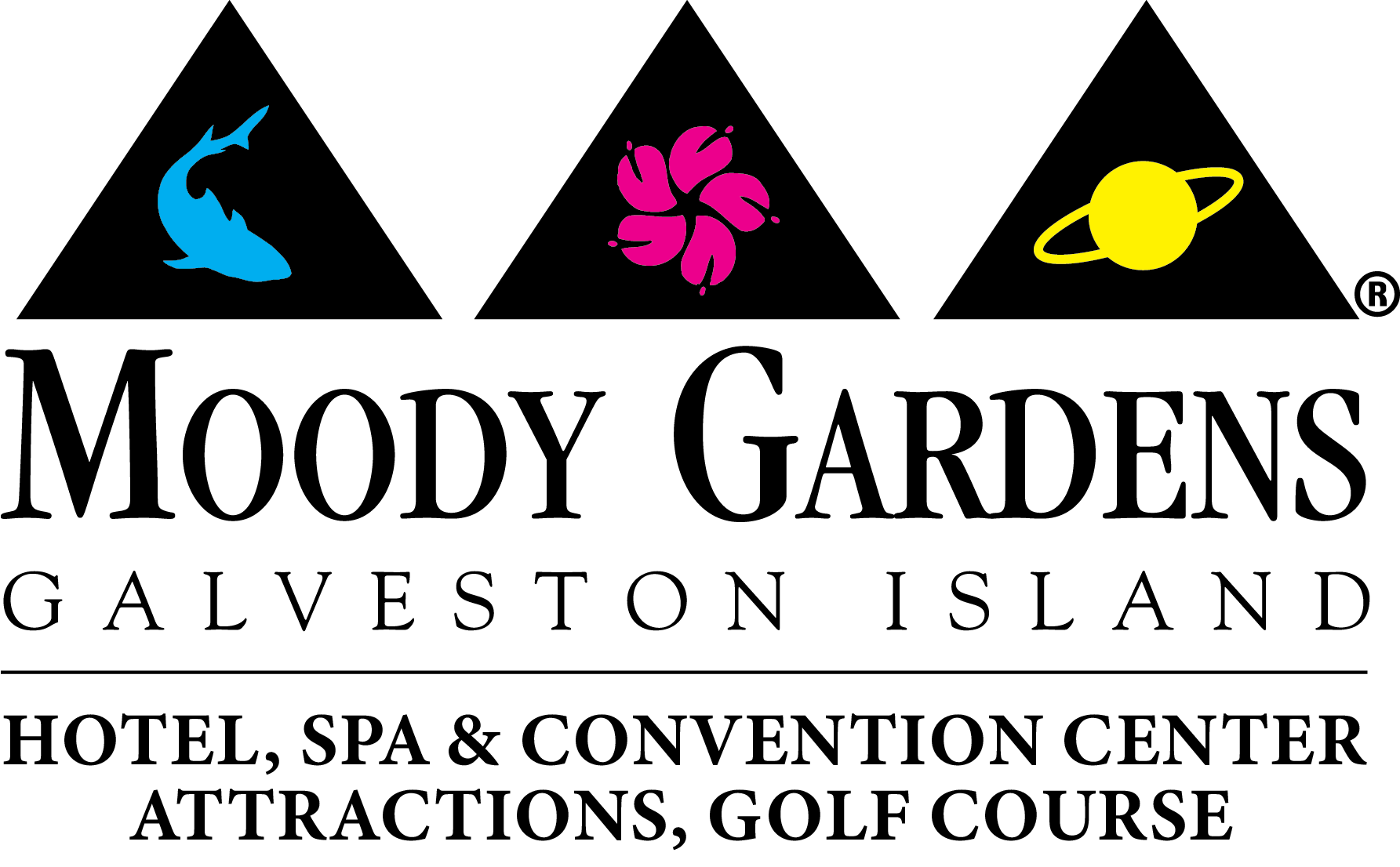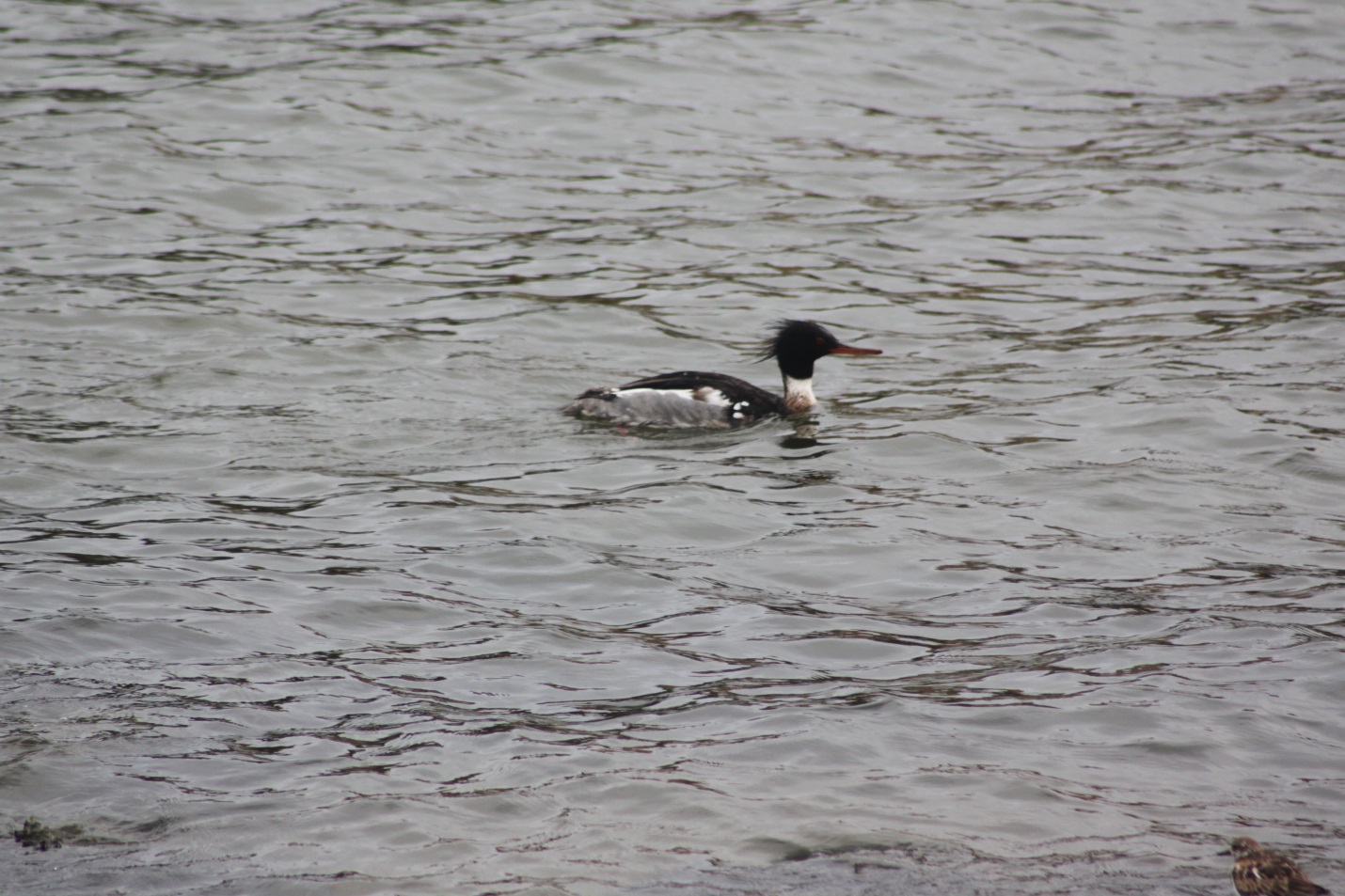The birding trip this past Saturday morning (24 February) was a welcome break from the foggy, drizzly, cold, windy weather we’ve experienced through February. After the two brutal cold snaps that severely challenged our tropical landscape, Islanders have been hacking down dead foliage, clearing beds and beginning the process of replanting. As each of you reimagines your personal surroundings, I’d encourage you to consider thinking of resident and migratory birds in your master planning process. Houston Audubon Society offers great suggestions in their Creating Bird Friendly Communities section of their website. Planting native species of grasses, plants, shrubs and trees creates habitat and supports the naturally occurring food webs that benefit wildlife. Adding a clean water source like a bird bath, fountain or drip adds serenity to your environment and benefits wildlife. Reducing risks such as reflective window situations, bright artificial lighting at night and pets that act as predators when birds are at their most vulnerable after making the 500 mile flight across the Gulf of Mexico can save countless migratory bird lives. Where birds thrive, people thrive.
We’re seeing some of our winter visitors winging off to the north to start their courtship, breeding and nesting activities and they’ll be replaced by spring migrants that have been spending the winter farther south. Waterfowl species like the Red-breasted Merganser pictured above are leaving our coastline in large flocks. This lone male was patrolling the Lake Madeline channel on the east side of the Learning Place this morning. Just last week I counted more than 75 of them in a flock in Offatts Bayou beginning to raft up prior to flying off to Northern Canada or Alaska to start their 2018 families. Over the next few weeks we’ll see most of our winter waterfowl, raptors and sparrows disappear with shorebirds, swallows and early songbird migrants flying up the coastline from the west to replace them. Many of the species we’ll see between now and mid-May will continue past Galveston to points farther north and east as their summer homes.
The buzz of spring migration is building. Every day I drive or walk the property I’m on the lookout for new species to check off a list or photograph. Many of those that will be flying through may only stay for a day or two, so I’m keeping my eyes to the skies so I don’t miss any. Through late February I’ve logged 87 species of birds either using Moody Gardens’ habitats, or flying over. There were another 7 unique species that were seen while surveying the Golf Course for a total of 94 species to include in the Birds of Moody Gardens project. The new species encountered in February include Pacific Loon, White-tailed Kite, Bonaparte’s Gull, Horned Lark, Purple Martin, Tree Swallow, Cedar Waxwing, Seaside Sparrow and Vesper Sparrow.
I also discovered and joined the world of eBird. It’s an online resource that Cornell Ornithology Lab established to help collect a huge amount of bird population data by providing an easy to use bird checklist app for phones and computers. Moody Gardens is listed as a hotspot, so the species accounts that are entered are viewable by anyone that uses eBird. Get out and enjoy spring’s arrival and look out for birds literally and figuratively as you improve your post-winter backyard habitat.


Thanks, Susan! Hope your writing is going well! x